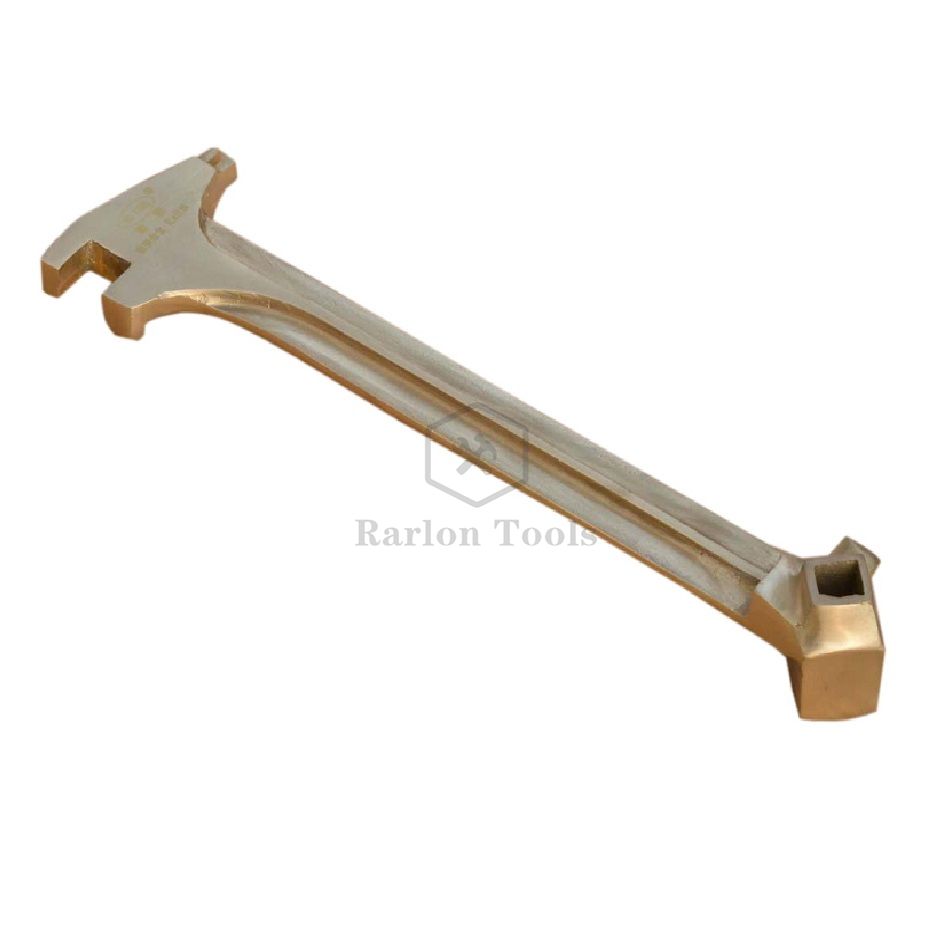First, problems Issues to be noted in the application
In the following three cases, the spark that caused the detonation is not generated by the explosion-proof tool itself, but by the working object. Therefore, the use of explosion-proof tools can not prevent this explosion, and other explosion-proof methods should be used.
1. Explosion-proof tools may generate sparks when struck by rocks. In this case, the generation of sparks has nothing to do with the metal. This effect is that when the rock crystal breaks under tension, the mechanical energy of the impact becomes electrical energy. This electrical energy is released in the form of electric sparks. Sparks are particularly easy to produce in rocks containing quartz, silicon oxide, and sandstone. Generally speaking, in rocks, the higher the content of quartz, or the larger the particles, the easier it is to ignite. This phenomenon can be proved by dumping gasoline on the rock and then hitting the rock with ordinary chisels and explosion-proof chisels. In order to prevent the occurrence of explosion accidents, the rocks can be immersed in water before operation.
2. When using tools (whether steel products or explosion-proof tools) to strike or rub steel hot workpieces (pipes, heat containers, bolts, nuts, etc.) coated with aluminum paint, there is the possibility of sparks that can ignite explosive substances.
3. If the particles of aluminum, magnesium, and their alloys slightly adhere to the surface of rusted (iron oxide) steel, a severe exothermic "aluminothermic reaction" may occur when hit by a hard object or even a hard rubber or plastic, which is likely to detonate.

Second, the mechanism of ferrous metal sparks
Steel products are ground into crumb-like particles by a high-speed rotating grinding wheel. These steel particles have a certain temperature and are oxidized violently by the oxygen in the air, and the temperature rises sharply. A solid iron oxide film is formed on the surface of the steel particles. Because the steel grain contains carbon elements, at high temperatures, carbon easily combines with oxygen in iron oxide to form carbon monoxide. At this time, the reduced iron is oxidized again and then reduced again. The repeated repetition of this reaction caused a considerable amount of carbon monoxide gas to accumulate inside. However, the solid iron oxide film restricts the carbon monoxide gas from escaping. When its expansion force is greater than the external pressure, the carbon monoxide breaks through the restriction of the surface ferrous oxide film, and the steel particles are crushed to escape, showing a poppy, bright "line" and "sparks".
After the steel particles burst once if there are still unreacted iron and carbon particles in the particles, the oxidation reaction and burst will continue to occur. Therefore, the higher the carbon content in the steel particles, the shorter the interval of multiple bursts, and the more the number of spark bursts and the number of bursts. It can be seen that the tools made of ferrous metal will generate sparks when they collide with and rub against the work, causing an explosion of the mixture of air and combustible substances.
The above information is provided by the non-sparking tool factory.
Copyright:@2020-2021
Comments Please sign in or sign up to post.
0
0 of 500 characters used